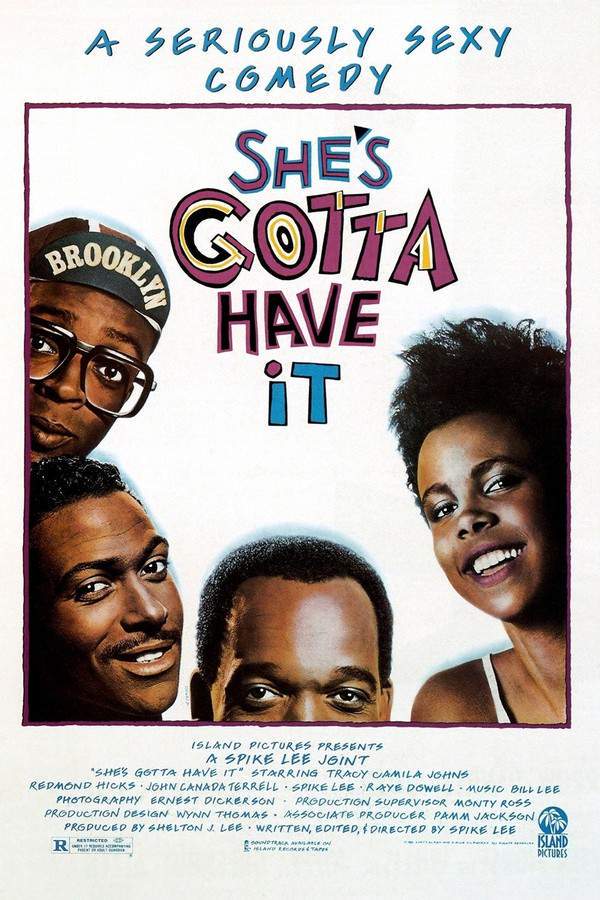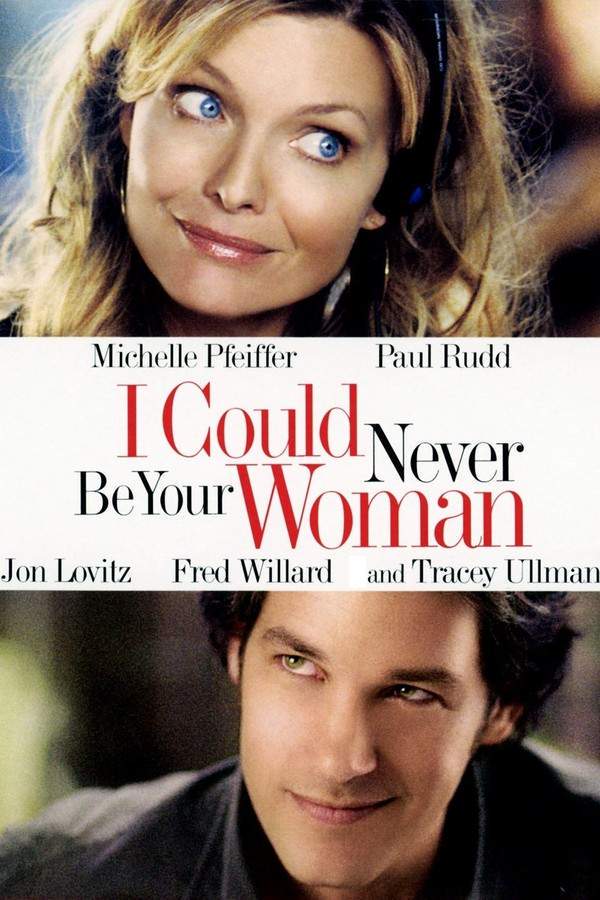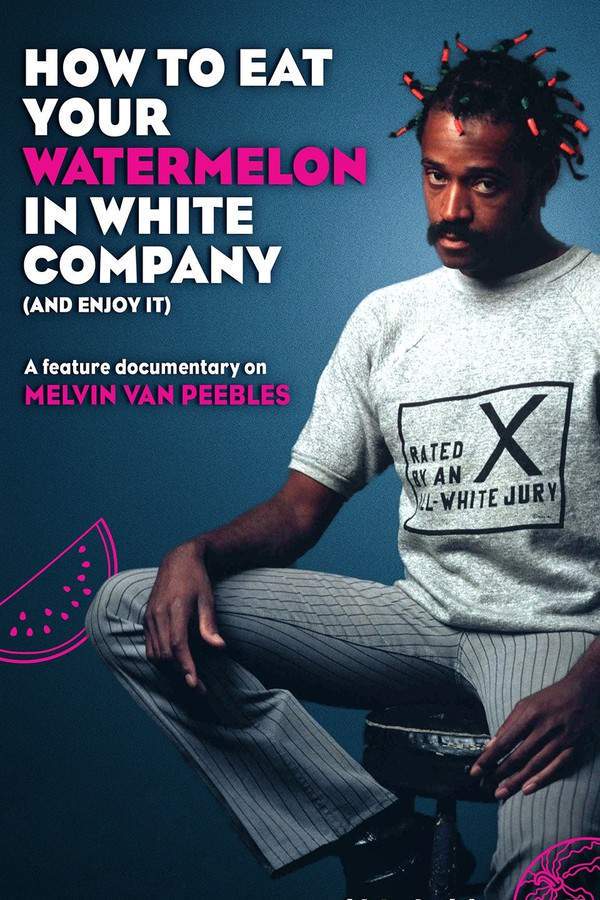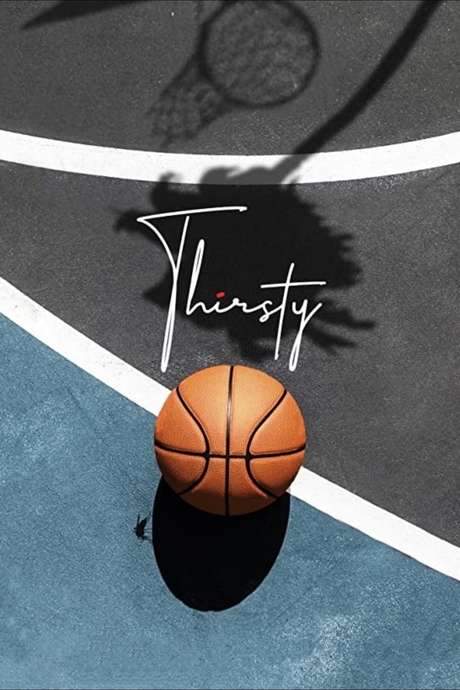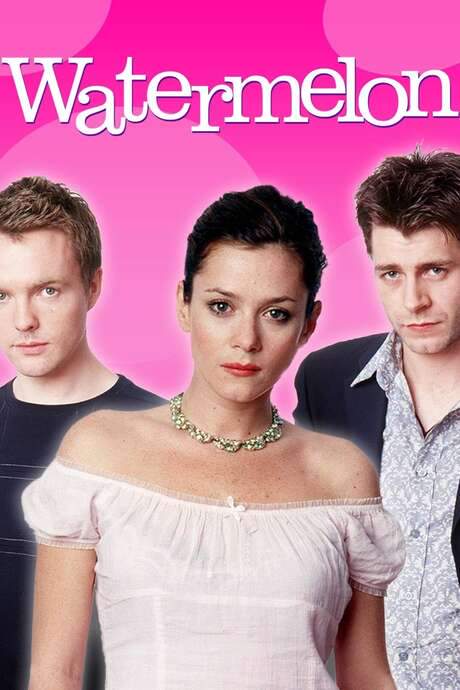The Watermelon Woman 1997
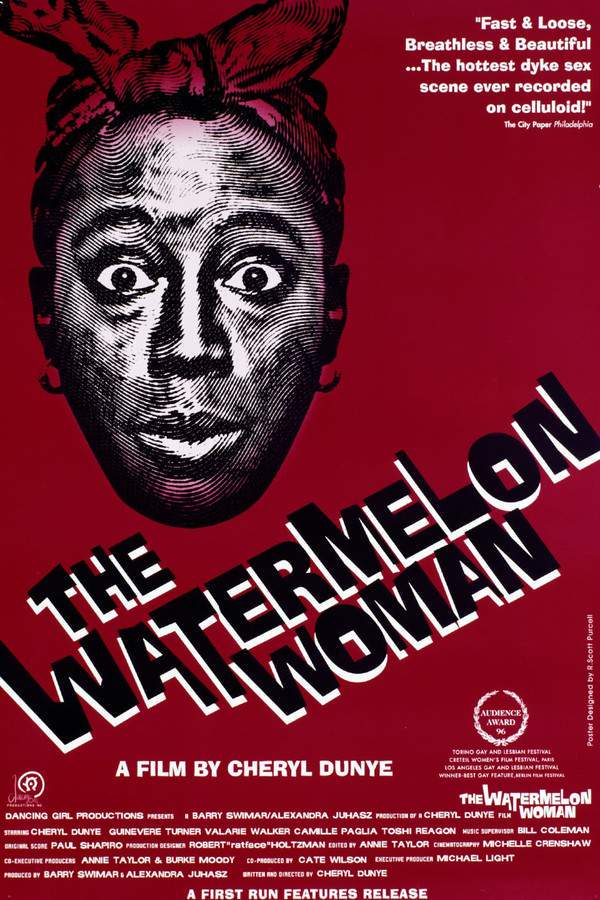
Aspiring filmmaker Cheryl Dunye sets out to create a documentary about Fae Richards, a forgotten black actress from the 1930s known as "The Watermelon Woman." While researching Richards’ life in 1990s Philadelphia, Cheryl explores the complexities of race, sexuality, and representation within the queer community. The project becomes a journey of self-discovery as Cheryl uncovers surprising details about Richards’ career and a hidden same-sex relationship, prompting her to confront her own identity and the challenges of filmmaking.
Does The Watermelon Woman have end credit scenes?
No!
The Watermelon Woman does not have end credit scenes. You can leave when the credits roll.
Meet the Full Cast and Actors of The Watermelon Woman
Explore the complete cast of The Watermelon Woman, including both lead and supporting actors. Learn who plays each character, discover their past roles and achievements, and find out what makes this ensemble cast stand out in the world of film and television.
No actors found
External Links and Streaming Options
Discover where to watch The Watermelon Woman online, including streaming platforms, rental options, and official sources. Compare reviews, ratings, and in-depth movie information across sites like IMDb, TMDb, Wikipedia or Rotten Tomatoes.
Ratings and Reviews for The Watermelon Woman
See how The Watermelon Woman is rated across major platforms like IMDb, Metacritic, and TMDb. Compare audience scores and critic reviews to understand where The Watermelon Woman stands among top-rated movies in its genre.

74
Metascore
6.1
User Score


%
TOMATOMETER

0%
User Score

7.1 /10
IMDb Rating

69
%
User Score
Take the Ultimate The Watermelon Woman Movie Quiz
Challenge your knowledge of The Watermelon Woman with this fun and interactive movie quiz. Test yourself on key plot points, iconic characters, hidden details, and memorable moments to see how well you really know the film.
The Watermelon Woman Quiz: Test your knowledge on the themes, characters, and events from 'The Watermelon Woman'.
Who is the protagonist of 'The Watermelon Woman'?
Cheryl
Tamara
Diana
June
Show hint
Full Plot Summary and Ending Explained for The Watermelon Woman
Read the complete plot summary of The Watermelon Woman, including all major events, twists, and the full ending explained in detail. Explore key characters, themes, hidden meanings, and everything you need to understand the story from beginning to end.
Cheryl, a young African American lesbian, holds down a job at a video rental store in Philadelphia alongside her friend, Tamara. In addition to their day-to-day work, they delve into the world of professional home video creation, providing services to clients seeking personal recordings. Cheryl’s curiosity leads her to the classic films of the 1930s and 40s that prominently feature black actresses, many of whom are not given proper credit for their contributions. This fascination intensifies when she discovers a film titled Plantation Memories, showcasing a black actress only referred to as “The Watermelon Woman.”
Determined to unearth more about this mysterious figure, Cheryl sets her sights on creating a documentary that explores the life of the Watermelon Woman. Amid her quest, Tamara attempts to pair Cheryl with her friend Yvette, but Cheryl remains uninterested in romance. Instead, she encounters Diana, a white woman who flirts with her in the store, much to Tamara’s chagrin.
Cheryl embarks on a mission to interview the community, reaching out to people to inquire if they recognize the Watermelon Woman. She speaks with her mother, who can’t recall the name but recognizes a photograph of her. Her mother shares memories of the Watermelon Woman’s performances in Philadelphia clubs. Additionally, Tamara’s mother suggests Cheryl should connect with Lee Edwards, an expert in black cinema. Visiting Lee, he immerses them in the cultural landscape of 1920s and 30s Philadelphia, illuminating the common roles of black women as domestic workers.
During this journey, Cheryl meets Shirley, a friend of her mother who reveals that the Watermelon Woman was named Fae Richards—a fellow lesbian who sang in clubs for “all us stone butches” and was often seen with Martha Page, the unkind white director of Plantation Memories. As fate would have it, when Cheryl and Tamara get caught leasing videos under Diana’s name, Diana claims the tapes and invites Cheryl to her home to reclaim them. Over dinner, the connection between Cheryl and Diana deepens, and after sharing their stories, they become intimate. Cheryl finds herself enjoying Diana’s company, despite her being outside her usual type.
Cheryl’s exploration of identity continues as she engages with cultural critic Camille Paglia, who discusses the Mammy archetype and its implications. A visit to the C.L.I.T. archive unveils photographs of Fae Richards, including one given to June Walker, Fae’s long-term partner. With Diana’s aid, Cheryl attempts to reach Martha Page’s sister, who obstinately denies Martha’s sexual orientation.
As the relationship between Cheryl and Diana blossoms, Tamara openly expresses her disdain for Diana, further highlighting the tension surrounding race and attraction. Tamara accuses Cheryl of desiring to assimilate into a white identity while blaming Diana for holding a fetishistic view of black individuals. The complexity of these emotional ties is further illustrated when Cheryl contacts June Walker, who reveals that she shared a life with Fae for two decades. However, their planned meeting is interrupted as June is hospitalized, leaving Cheryl with a letter expressing her frustration with Martha.
Eventually, Cheryl finds herself isolated after a rift with both Diana and Tamara. Nevertheless, she perseveres, channeling her experiences and the history she uncovered into completing her documentary project, albeit without the chance to further connect with June. Thus, Cheryl’s journey becomes a profound exploration of personal and collective identity, history, and representation in cinema.
Uncover the Details: Timeline, Characters, Themes, and Beyond!

Coming soon on iOS and Android
The Plot Explained Mobile App
From blockbusters to hidden gems — dive into movie stories anytime, anywhere. Save your favorites, discover plots faster, and never miss a twist again.
Sign up to be the first to know when we launch. Your email stays private — always.
Watch Trailers, Clips & Behind-the-Scenes for The Watermelon Woman
Watch official trailers, exclusive clips, cast interviews, and behind-the-scenes footage from The Watermelon Woman. Dive deeper into the making of the film, its standout moments, and key production insights.
The Watermelon Woman Themes and Keywords
Discover the central themes, ideas, and keywords that define the movie’s story, tone, and message. Analyze the film’s deeper meanings, genre influences, and recurring concepts.
The Watermelon Woman Other Names and Titles
Explore the various alternative titles, translations, and other names used for The Watermelon Woman across different regions and languages. Understand how the film is marketed and recognized worldwide.
Similar Movies To The Watermelon Woman You Should Know About
Browse a curated list of movies similar in genre, tone, characters, or story structure. Discover new titles like the one you're watching, perfect for fans of related plots, vibes, or cinematic styles.
Quick Links: Summary, Cast, Ratings, More

What's After the Movie?
Not sure whether to stay after the credits? Find out!
Explore Our Movie Platform
New Movie Releases (2025)
Famous Movie Actors
Top Film Production Studios
Movie Plot Summaries & Endings
Major Movie Awards & Winners
Best Concert Films & Music Documentaries
Movie Collections and Curated Lists
© 2025 What's After the Movie. All rights reserved.














